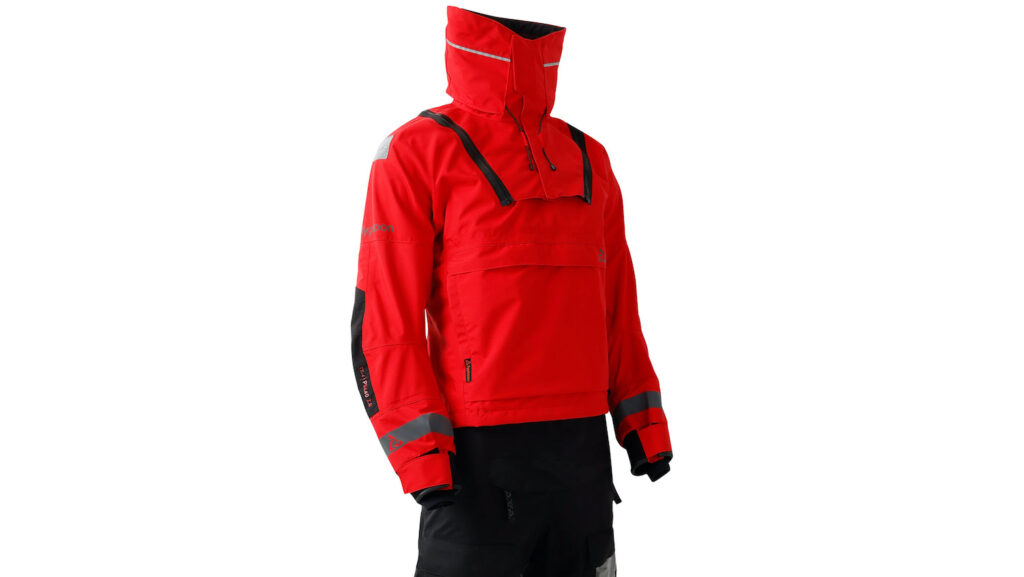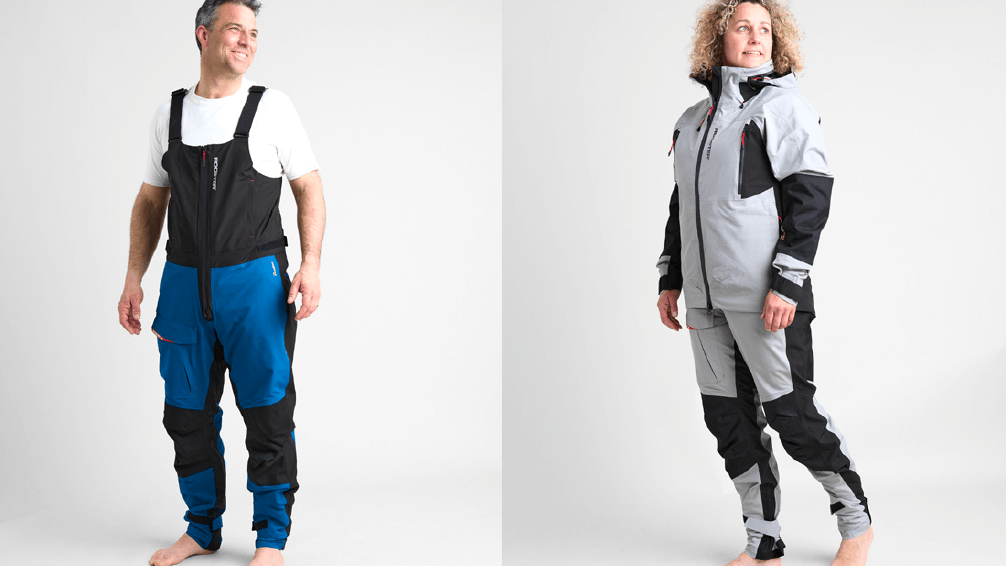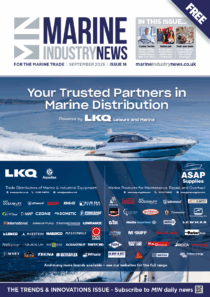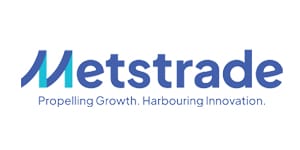Marine clothing brands predict new, and ongoing, trends for 2025
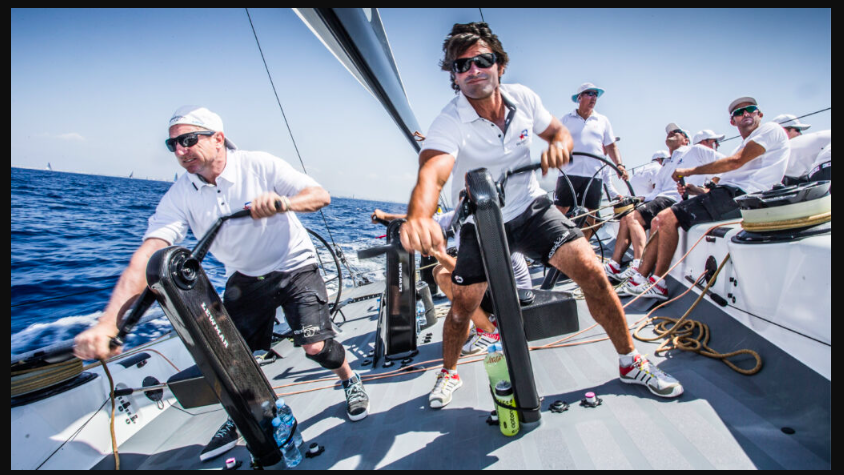 Zhik branded teamwear
Zhik branded teamwear
While there are many companies making clothing for all sorts of watersports, Marine Industry News has spoken to four about the trends they’re expecting to see in 2025. These range from more in-person shopping at chandleries and stockists, chemical free waterproof clothing, consumer-driven shifts and industry-wide adoption of inclusivity.
Consumer purchasing process to change in 2025
This year, Typhoon International’s MD, Kevin Coulthard, expects to see fundamental changes from consumers during the purchase process.

“A brand’s route to market is set to fundamentally develop across 2025. Over the last decade, the trend has been focused on online sales, however, this has been detrimental to the high street and in turn the traditional marine chandlery/ watersports store.
“When purchasing high-value items such as oilies, drysuits, or tailored products such as wetsuits; many consumers still prefer the opportunity to browse in-store. This allows them to compare brands and styles while ensuring the best fit, functionality and quality. As the cost-of-living crisis persists and clothing ‘deposited item return fees’ become increasingly common, consumers are prioritising thoughtful, well-researched purchases, particularly for premium marine clothing.”
Coulthard says at Typhoon, the primary route to market is through its network of stockists. As a brand, it is committed to supporting its stockists with training, in-store assistance, and engaging point-of-sale materials. He believes that this investment not only strengthens the company’s partnerships but also enhances the shopping experience for consumers.
“In addition, sustainability continues to be a driving force during the purchase process, with consumers being conscientious when selecting products. Typhoon’s EarthZero1 pledge highlights our commitment to operate in a manner which minimises the impact on the environment and moves towards zero waste,” Coulthard concludes.
Better shaped wear for men/women to catch-up with other sports
Knut Frostad, executive chairman, says this year sees start of chemical free waterproof clothing, with Henri-Lloyd leading the move to a chemical-free solution for waterproofing. That’s ahead of incoming legislation which, in two years time, will see Europe banning the use of Fluor, a perfluorocarbon (PFC) used by clothing manufacturers to make fabric waterproof.
Thus, sustainability continues to be a key trend for 2025. “As well as our material compositions, including recycled fabrics, another way we try and be more sustainable is to ensure that our products last, and are used for as many years as possible. We offer repair services that also improve the lifecycle of products, available throughout Europe.”
Frostad (pictured) is also excited to see fresh developments with fit. “If you look at the development of sailing gear, it has been very stale, when compared to other sports such as yoga, cycling and running,” he says.
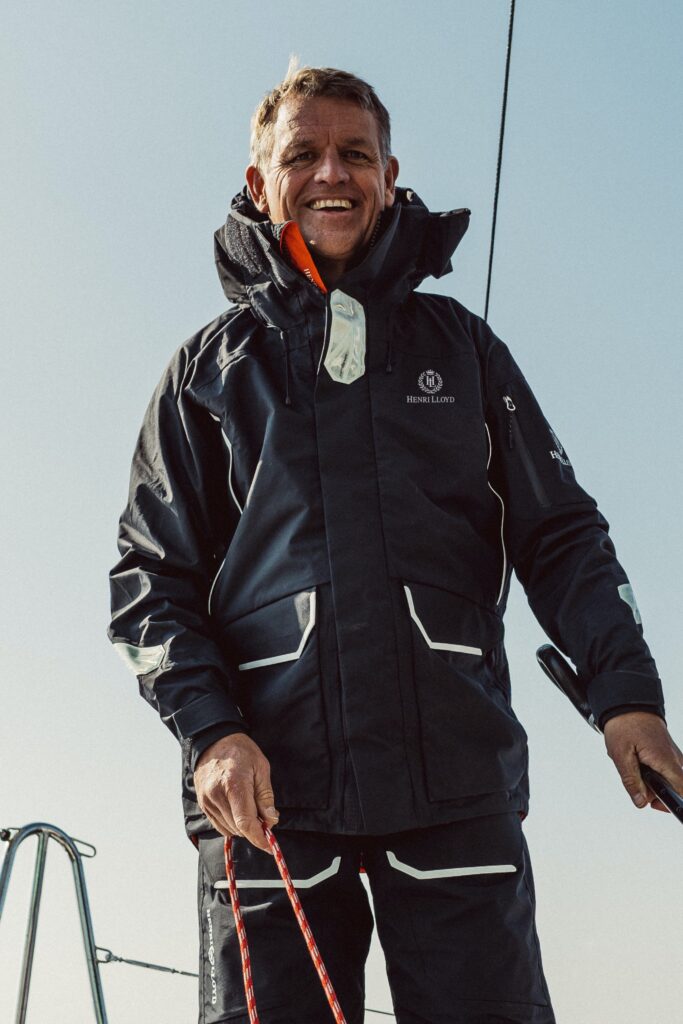
“Sailing gear has been very stiff and didn’t really move or fit that well. We solved that problem in the old days by just making it big, and women had to wear oversize trousers that were far from ideal. That was the only way to make it flexible.”
He believes Henri-Lloyd’s latest Dynamic range is revolutionary. The company developed a 4-way stretch fabric, which is fully waterproof and breathable. Plus, he says, it’s combined with thoughtful design and ergonomics to ensure it is close fitting, comfortable, light, flexible and super strong and means people no longer have to compromise with buying ill-fitting or inadequate clothing.
Consumer driven shifts to become standards for water sports apparel
Zhik is envisioning a future where sustainable practices are no longer a choice, but a standard. It says the marine industry needs to align with broader environmental goals while staying on the cutting edge of innovation.
To do that, the Australian company been busy with neoprene alternatives. As outdoor sports brands push the envelope in sustainable technologies, Zhik says it’s challenging outdated practices and leading change.
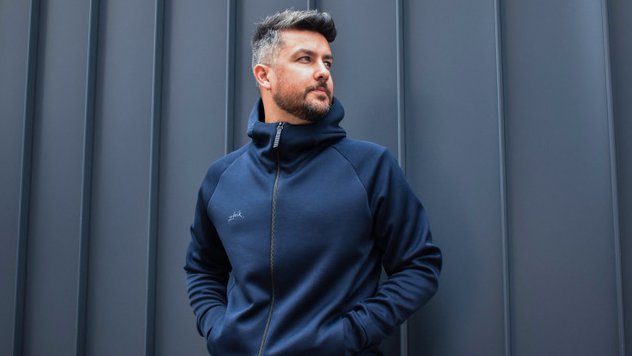
“Sometimes being sustainable costs a little more and is harder to achieve, but we’ll see new European laws shake up the industry,” Drue Kerr, head of design (pictured), explains. The company believes its partnerships with others, like eVent, showcases its drive to find innovative, eco-friendly solutions, particularly in membrane technology.
In 2025, Zhik says it will continue to lead the charge in water sports apparel by prioritising women’s products, stating the inclusivity isn’t just a trend but a commitment. It has long-focused on refining fit and sizing, ensuring its products are tailored to provide comfort and performance for a wide range of body shapes. Zhik says many competitors are just now catching up to the standards that it’s set.
Its approach reflects a consumer-driven shift towards apparel that not only fits better but also performs better. With sizing innovation firmly established, the focus is now shifting to material usage (as above), setting the stage for even greater strides in design and functionality.
Inclusivity adopted across industry as ongoing marine clothing trend
“Inclusivity has always been an important part of what we do at Rooster, so it’s exciting to see it becoming a key focus for 2025 across the industry,” says Kate Morrison, head of marketing & product development for Rooster (pictured with supplier). “But for us, this isn’t a new direction, it’s something we’ve been working towards for years.
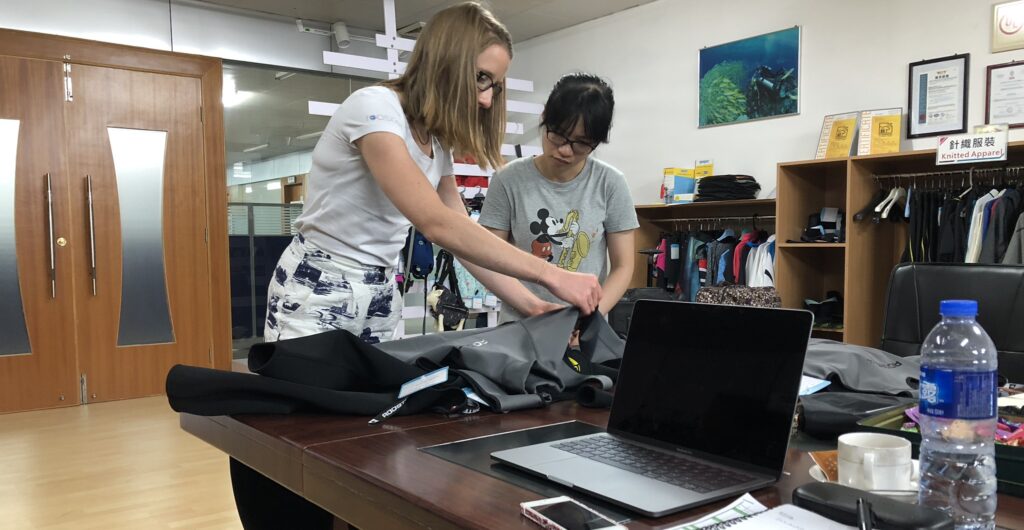
“Our goal has always been to design gear that fits real, everyday people – men, women and kids – rather than relying on idealised models or generic size guides. We’re committed to accommodating a wide range of shapes and sizes so that as many people as possible can feel confident and comfortable in our clothing. While we know we can’t be perfect, we do our best to align sizing across our range and with industry standards, so customers can trust that their usual size – whether it’s a men’s large, a women’s 14 or a child’s size – will fit consistently across all our styles.”
Currently Rooster has many items on sale, including hooded tech sweaters.

